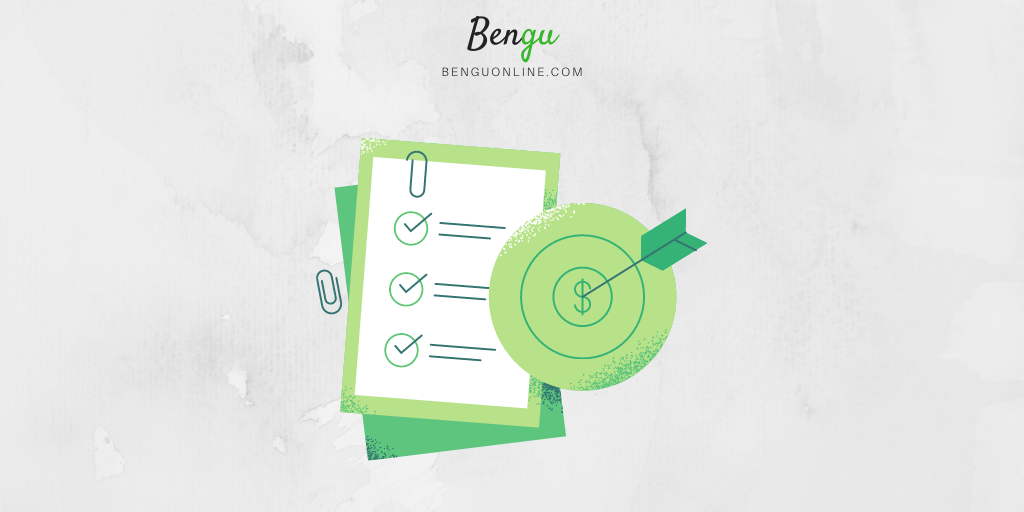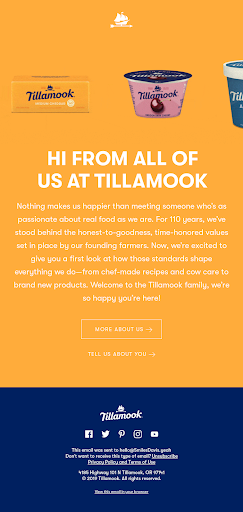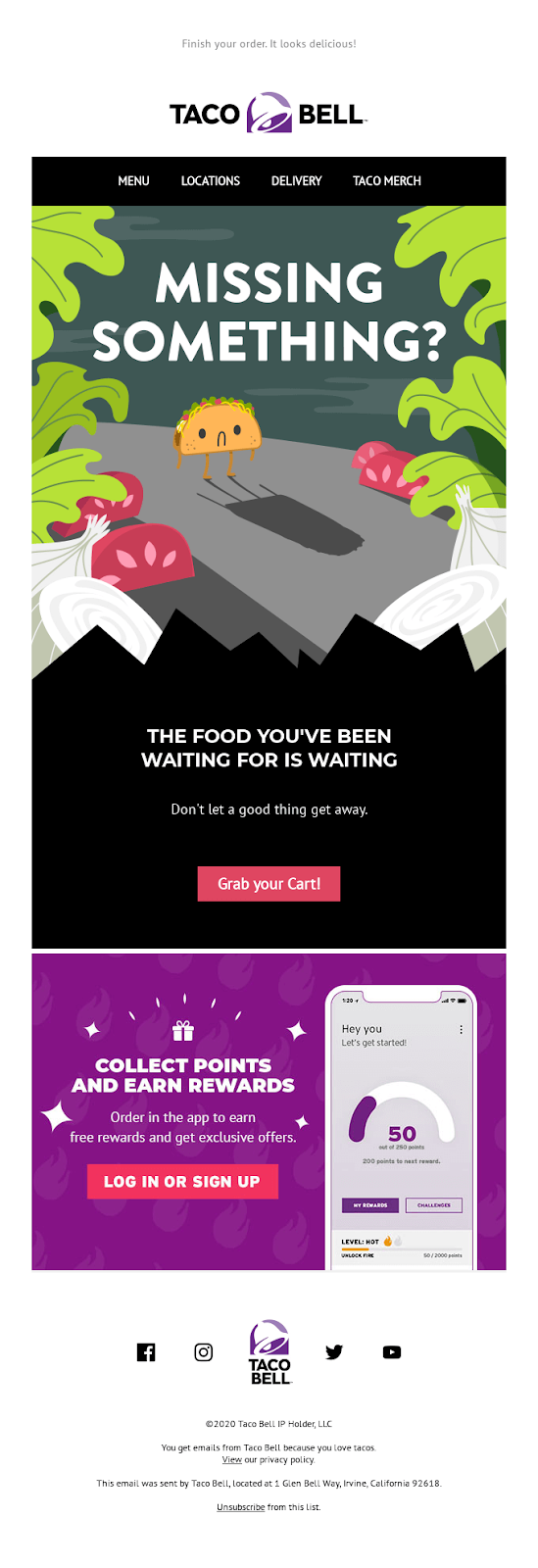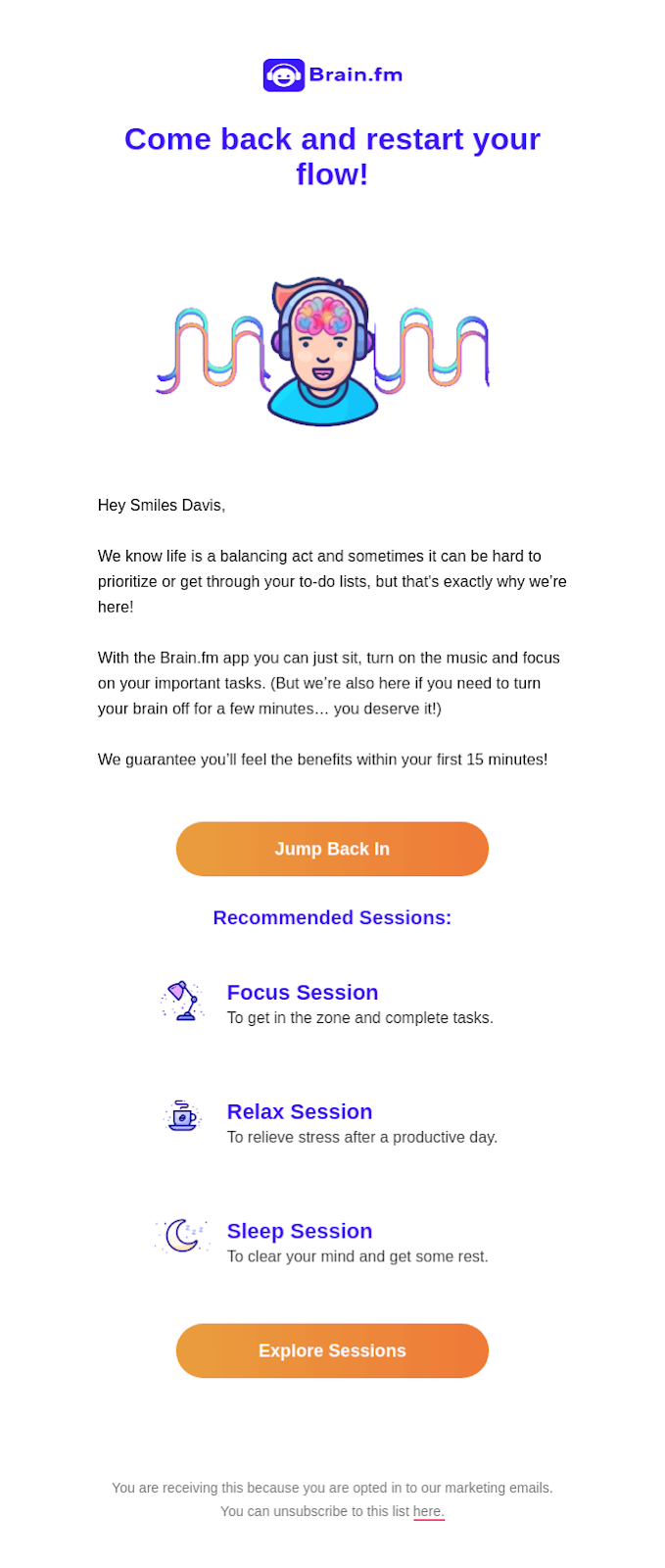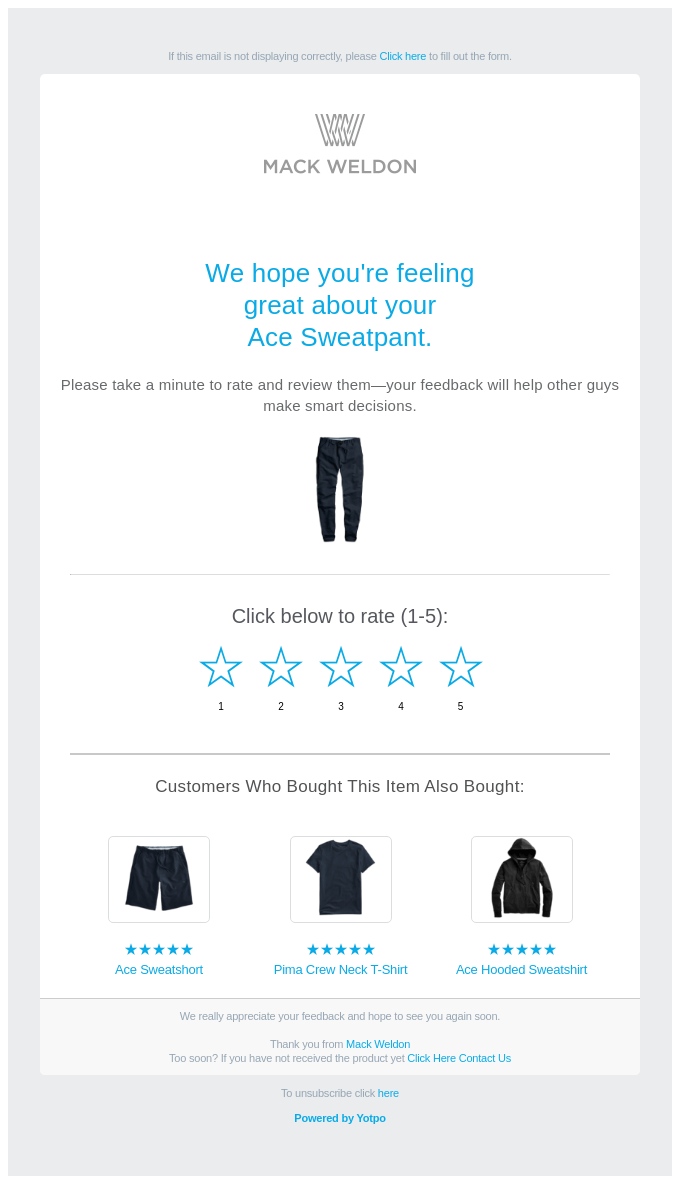ECommerce stores have many options and channels at their disposal to generate revenue for their business. But, if they only had the choice of selecting one option — 9/10 would arguably incline towards email marketing.
Email marketing is the most profitable and dependable channel out there.
Around 73% of millennials prefer brands and businesses to communicate with them through emails. However, it’s not just about the audience. 78% of marketers consider emails the focal point of their company’s overall growth and success.
What’s more, despite social media being all the rage these days, emails have a larger user base than social media platforms. In 2020 while the number of email users amounted to 4 billion, the count of social media users was approximately 3.6 billion. Now, those are some pretty compelling numbers, aren’t they?
Why Do E-Commerce Brands Need Email Automation?
Email marketing might be incredibly effective, but it’s a tricky code to crack. And sending emails just for the sake of it is no good for anyone. If you are an eCommerce business owner, you should focus on sending your target audience the right emails at the right time.
What does this mean?
Send an email to your customers when they complete a purchase, send one to follow up with them a few days after their purchase, send one to lure them in with discounts, send one to remind them to attend to their abandoned carts, send one to invite them to join your referral program – you get the drift!
So, how can you achieve this? Easy. By establishing email automation workflows.
In this article, we discuss a host of eCommerce email automation best practices and the kind of emails you should send to your recipients to boost your revenue. Read on to find out!
Email Automation Best Practices
Email automation paves the way for happier customers, higher conversions, and subsequently unmatched ROIs. Additionally, triggered emails enjoy 70.5% higher open rates than their regular counterparts. Listed below are a few best practices that will empower you to gain the maximum value out of your email automation workflows.
Know Your Triggers
The first step towards becoming an automation wizard involves identifying your triggers. Although this might seem to be pretty staple advice, a lot of e-commerce stores lose the plot in this regard.
Simply put, the more opportunities that you can uncover to send triggered emails, the better it is for your business. For instance, if someone browses your website but fails to make a purchase, don’t just send them a run-of-the-mill abandonment card email. Instead, take the opportunity to send them a personalized email that provides them with new recommendations based on their browsing history.
Identifying your triggers enables you to chalk out strategies that revolve around them. Subsequently, they let you send hyper-relevant messages that encourage your customers to engage with your brand, winning their trust in the process and maybe even a sale.
Set A Goal For Each Campaign
Okay, let’s get something straight- not every email is meant for securing a purchase from your audience. If you are a marketer, then you must make a note of this.
When you send emails solely with the intention of driving sales, you stand the risk of making them too pushy and aggressive for your recipients’ taste, thereby spoiling your relationship with them. Therefore, it is crucial that you specify goals for each of your email campaigns.
For instance, your welcome email need not be product-driven at all. It could simply inform your readers about the scope of your business and provide them with information that they wouldn’t be able to avail of elsewhere. While you’re at it, you should also aim to fine-tune your segmentation for particular campaigns to increase the relevancy of your emails.
Suppose you are a food delivery company. One of your regular customer’s orders only from vegan and vegetarian restaurants. If you happen to send this customer a discount or a special offer email that applies to a meat-serving outlet, then it’ll hold no relevance for them whatsoever. Thus, if you want to gauge the success of your emails, you need to set up separate goals for each of your campaigns without fail.
Adapt To Your Customer’s Behavior
A huge part of setting up email automation workflows includes adapting to your customers’ behaviours as and when necessary. If at any stage of your workflow, your audience takes an action that wasn’t expected of them, then you need to ditch that workflow and move on to the next course of action.
Let’s say you have planned a series of 3 welcome emails for your new customers, and you plan on highlighting the same product in each of these emails. Now, if your customer happens to make a purchase with the first email itself, then there’s no need to send the remaining two welcome emails. Instead, start sending them emails from your post-purchase workflow to maintain the engagement.
Maintain The Hygiene of Your Email List
Do not get disheartened when someone unsubscribes from your emails. Instead, take the opportunity to remove all uninterested and unengaged customers from your email list. The last thing you’d want for highly curated email automation workflows is to send emails to those who are least interested in your services.
In this light, unsubscribes can sometimes become a blessing in disguise. Maintaining the hygiene of your email list goes a long way towards enhancing your delivery system. Moreover, it also enables you to obtain more accurate data about your subscribers. Do try re-engagement emails before you give up, though.
What Kind of Automated Emails Can An ECommerce Store Send Out?
Listed below are the various kinds of automated emails that an eCommerce business could send to its customers.
Welcome Emails
Welcome emails are critical because they pretty much set the tone for your brand. A good welcome email not only casts an impressive first impression on your target audience but also paves the way for long-term brand engagement.
Here are a few examples.
Source: https://reallygoodemails.com/emails/welcome-to-cozy-earth
Source: https://reallygoodemails.com/emails/were-so-happy-youre-here
Abandoned Cart Emails
Cart abandonment causes eCommerce brands to lose out on a staggering $18 billion worth of business every year. That’s big by all standards. This makes it all the more important for these businesses to curate their abandoned cart emails with the utmost care and precision.
Take a look at these examples from brands who got it absolutely spot-on:
Source: https://reallygoodemails.com/emails/your-cart-is-waiting-for-you
Source: https://reallygoodemails.com/emails/sorry-to-hear-about-your-wi-f
Back-In-Stock Emails
These emails are a great way of getting your customers, new and old alike, to take a look at your most popular and successful products. Because the hero in these emails is the product itself, the copy and the design of the CTA button should be kept really minimal.
Here are a few examples that give you a proper idea:
Source: https://reallygoodemails.com/emails/see-whats-back-in-stock
Source: https://reallygoodemails.com/emails/restock-alert-your-favorites-are-back
Re-engagement Emails
Sometimes a few customers become dormant after making a purchase or two. Re-engagement emails are aimed particularly at this demographic. Remember that though inactive, these people know what your brand is all about. So if your re-engagement email strikes the right chords, you might just end up converting them into a recurring customer.
If you’re looking for inspiration, look no further than these examples:
Source: https://reallygoodemails.com/emails/come-back-and-restart-your-flow
Source: https://reallygoodemails.com/emails/can-we-help
Post-purchase emails
Don’t stop sending emails to your customers after they’ve completed their transactions with you. That said, don’t bombard them with irrelevant emails either, but do make sure to follow up with them with a series of subtly crafted post-purchase emails.
Here are a few examples:
Source: https://reallygoodemails.com/emails/day-30-what-s-happened-so-far
Source: https://reallygoodemails.com/emails/so-whatd-you-think
Customer Appreciation Emails
You know what’s a good idea for an email? Letting your customers know how important they are to you. While customer appreciation emails are a good idea for all kinds of businesses, they bring about outstanding results for small and mid-sized companies.
Take a look at these examples:
Source: https://reallygoodemails.com/emails/its-national-small-business-week-and-were-celebrating-you
Source: https://reallygoodemails.com/emails/bundle-up
Wrapping It Up
As an eCommerce business, how you communicate with your audience goes a long way towards consolidating your brand image and identity. By allowing you to send relevant information at the right junctures, email automation seals the credibility of your business and helps you soar comfortably above your competitors- as a brand and with your ROI.

I’m a London-born lover of technology, obsessed with online business, passive income and the digital economy. I love learning, researching and curating the most valuable resources to save you time, money and help you discover the truth on what it actually takes to achieve your goals.



